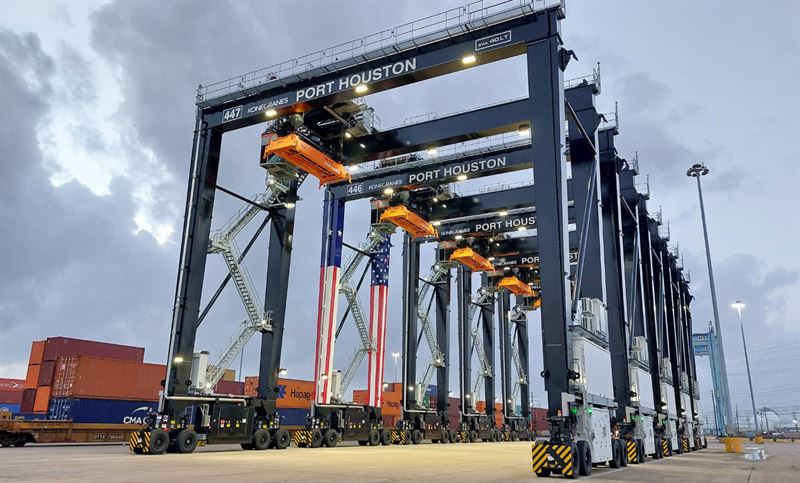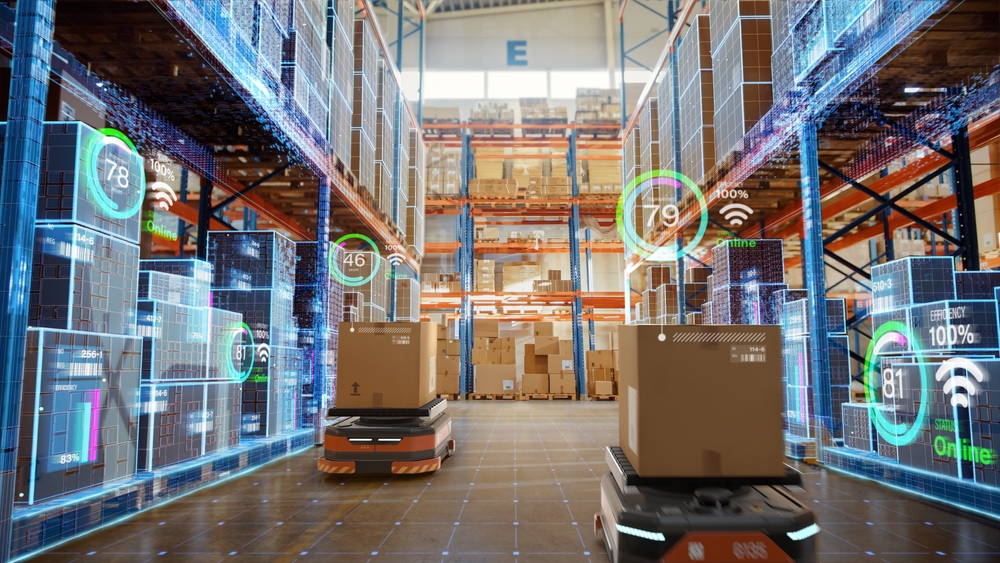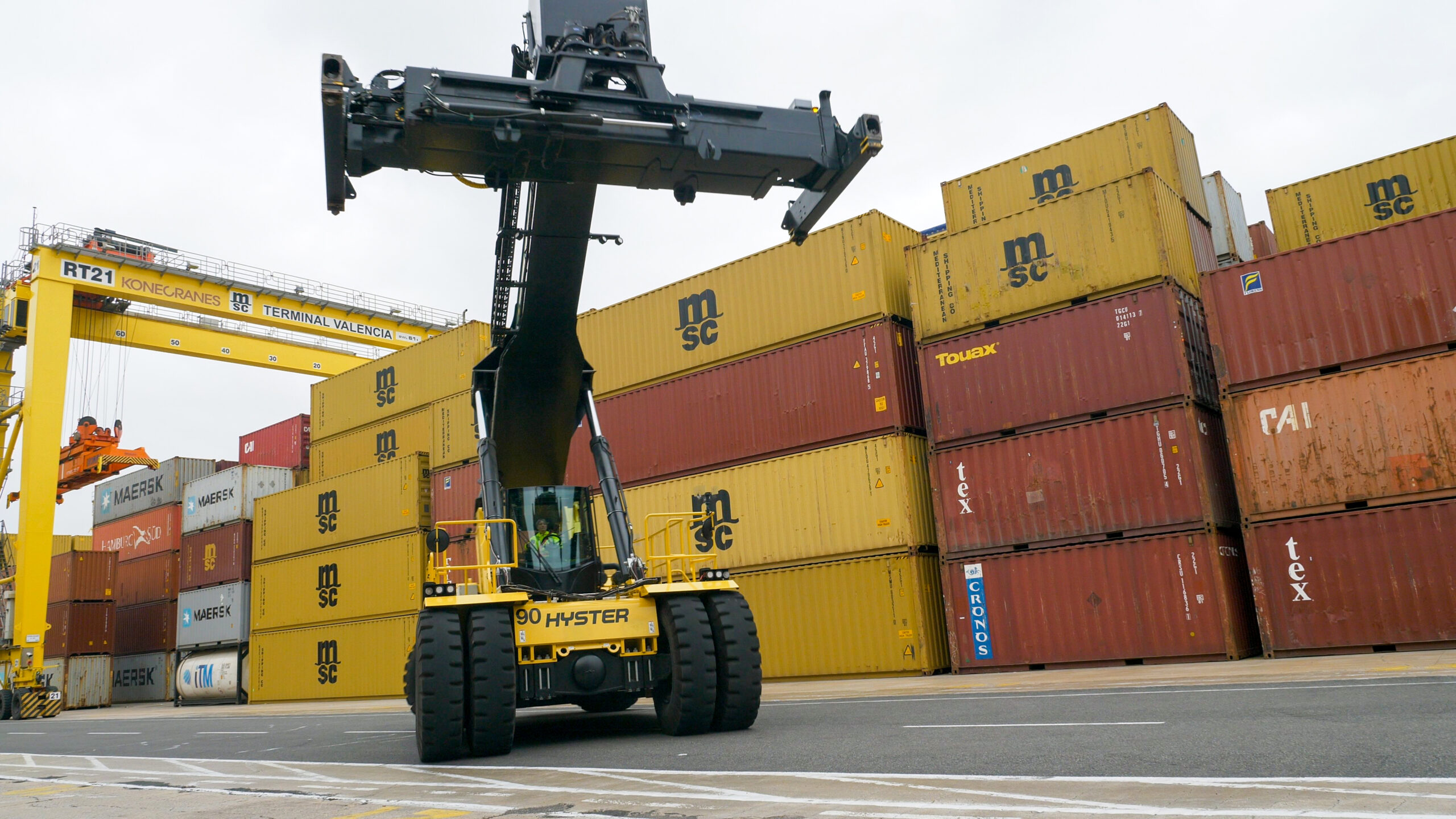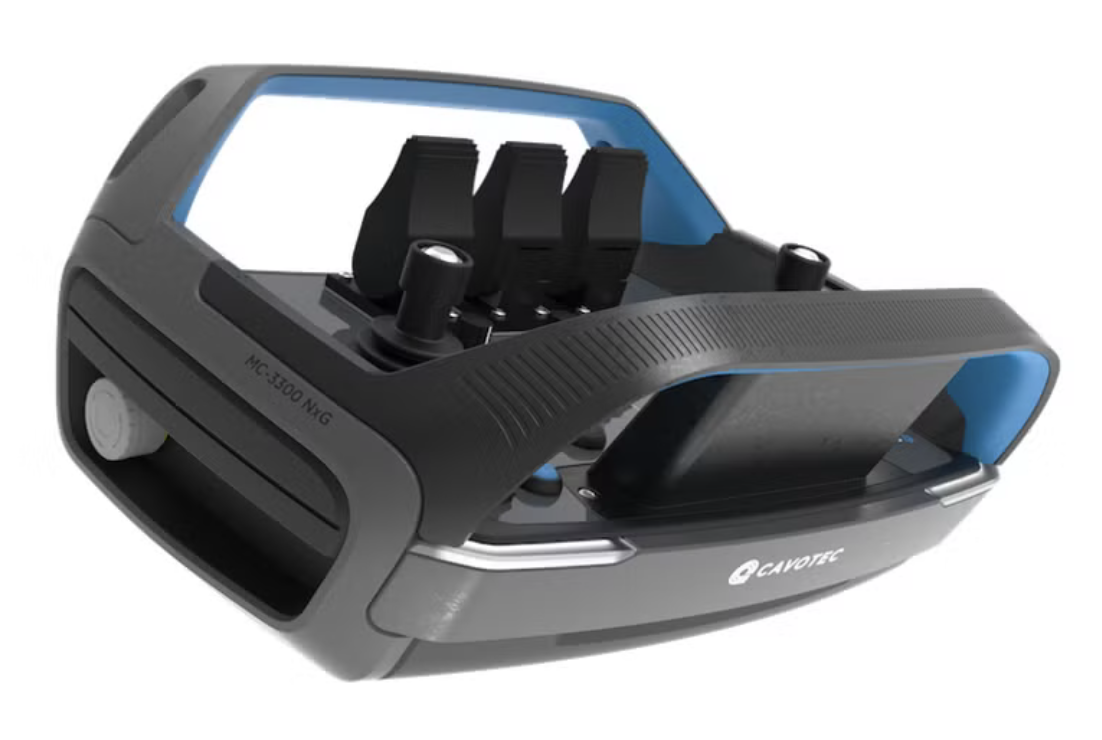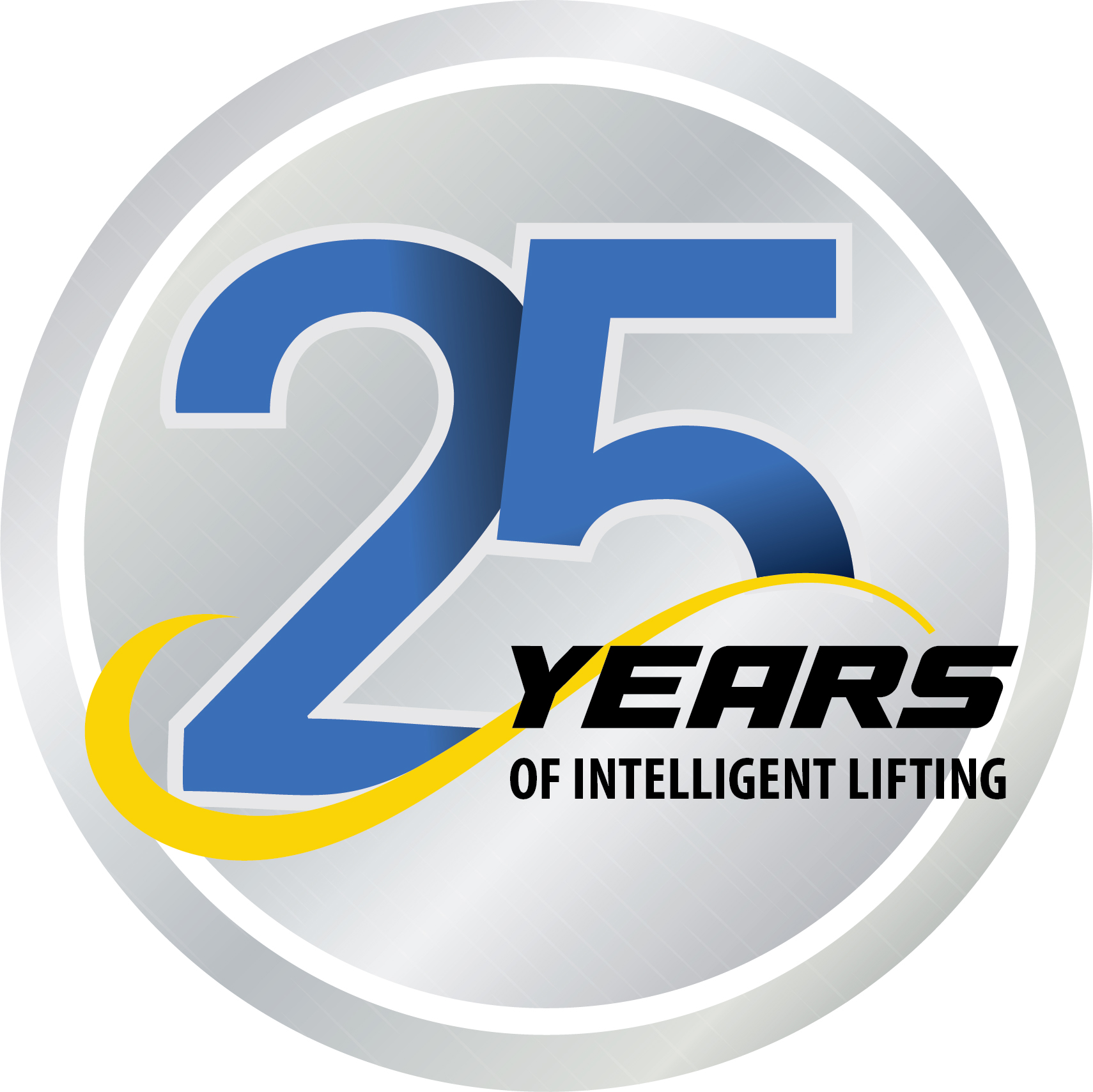Honeywell Expands in Baton Rouge
Honeywell will expand its facility in Baton Rouge, La. to double the capacity of its Solstice ze (1234ze), an ultra-low-global-warming-potential (GWP) solution. Solstice ze is used in foam insulation, as a propellant in personal and household care products, and in refrigeration and air conditioning applications.
Honeywell will invest significant capital in the facility for the growth of Solstice ze, which is part of the company’s Solstice line of products based on hydrofluoroolefin (HFO) technology that helps customers lower their carbon footprint without sacrificing end-product performance.
The demand for low-GWP solutions continues to grow, and this new capacity will help meet the needs. Multiple global regulations stemming from the Kigali Amendment to the Montreal Protocol require the phasedown of hydrofluorocarbons (HFCs), driving the demand for sustainable solutions. Honeywell has already invested over one billion dollars in research, development and new capacity for its Solstice technology, having anticipated the need for lower-GWP solutions to combat climate change more than a decade ago.

Honeywell will invest significant capital in the facility for the growth of Solstice ze.
“Honeywell is at the forefront for the development and introduction of next-generation technology, with the commercialization of Solstice more than a decade ago, and we continue to invest today to ensure there is ample supply to meet our customer needs for the market conversion to low-GWP solutions,” said Laura Reinhard, vice president and general manager, Honeywell Foam and Industrial Products. “The expansion of our Baton Rouge facility—and doubling the capacity of Solstice ze—will allow us to bring additional supply to market and continue to deliver low-GWP products that reduce carbon footprint and meet regulatory needs.”
About half of Honeywell‘s investment in new product introduction research and development is directed towards products that improve environmental and social outcomes for customers, such as Solstice. This aligns with the company’s commitment to become carbon neutral in its facilities and operations by 2035, building on a track record to sharply reduce its greenhouse gas intensity as well as its decades-long history of innovation to help its customers meet their environmental and social goals.
Worldwide adoption of Solstice products has avoided potential release of more than 250 million metric tons of carbon dioxide into the atmosphere, equal to eliminating the potential emissions from more than 52 million cars per year.


